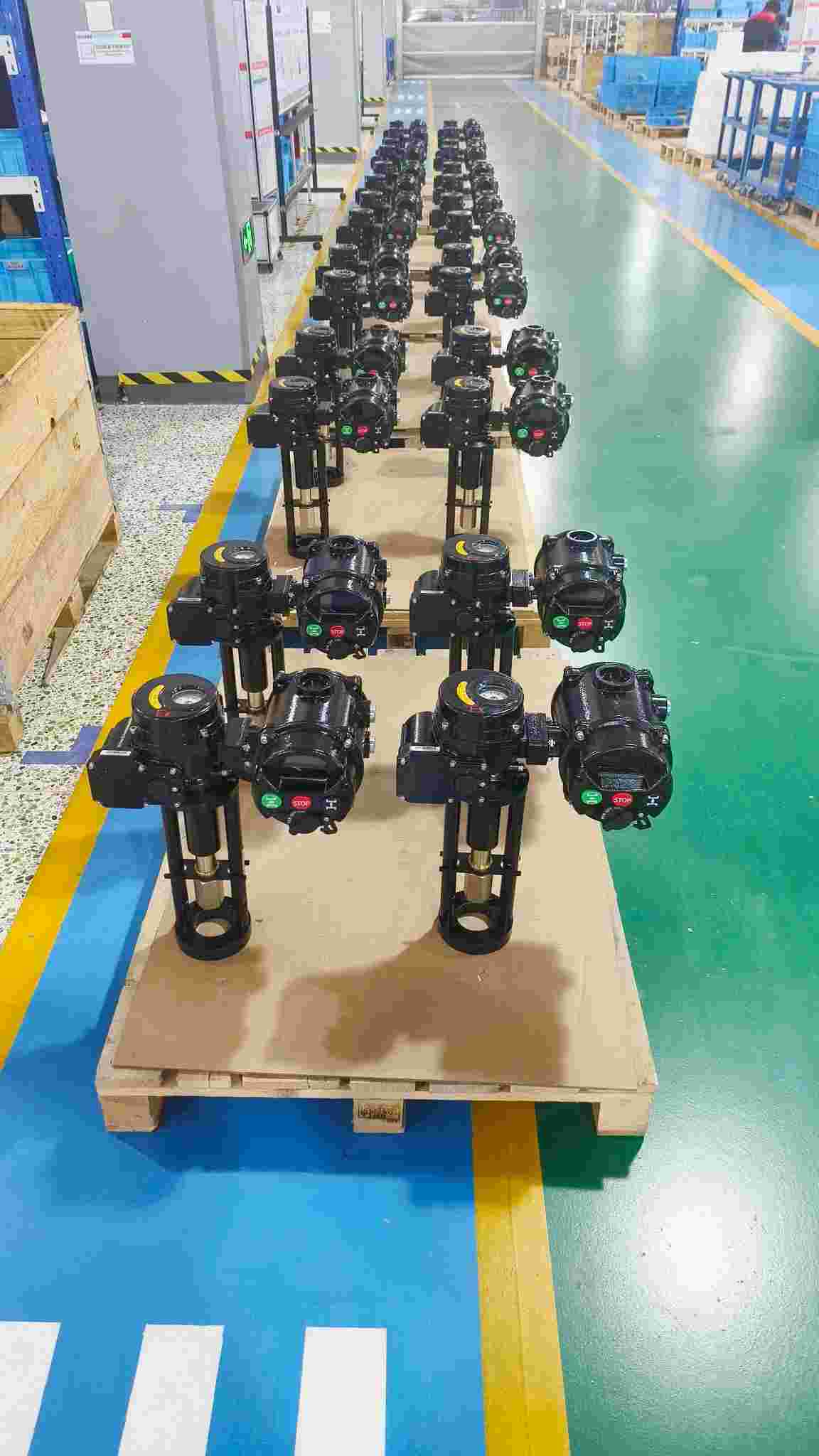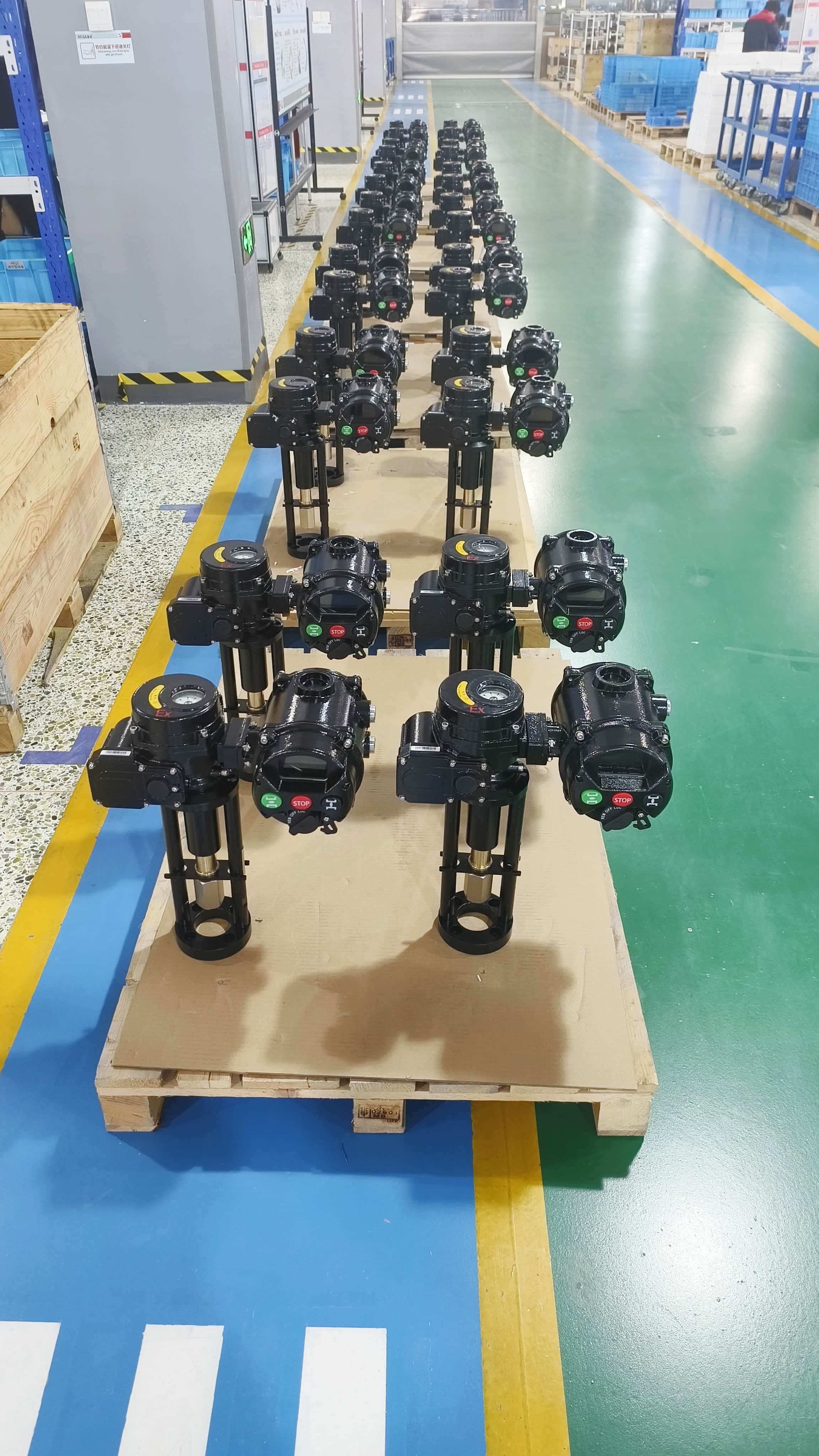
In recent years, the development of intelligent integrated actuators has emerged as a game-changer in various industries, particularly in automation systems. These actuators combine traditional actuation mechanisms with smart control systems, enabling more precise, efficient, and adaptable operations. Intelligent integrated actuators play a crucial role in industries such as robotics, automotive, manufacturing, and aerospace by optimizing performance, reducing energy consumption, and enhancing system reliability. This article delves into the features, applications, and future potential of intelligent integrated actuators.
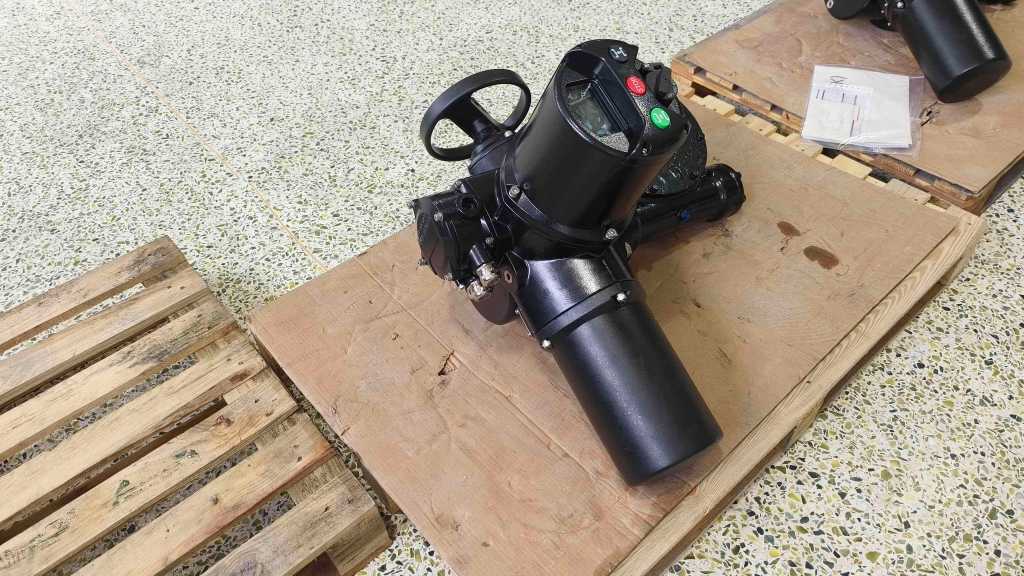
What is an Intelligent Integrated Actuator?
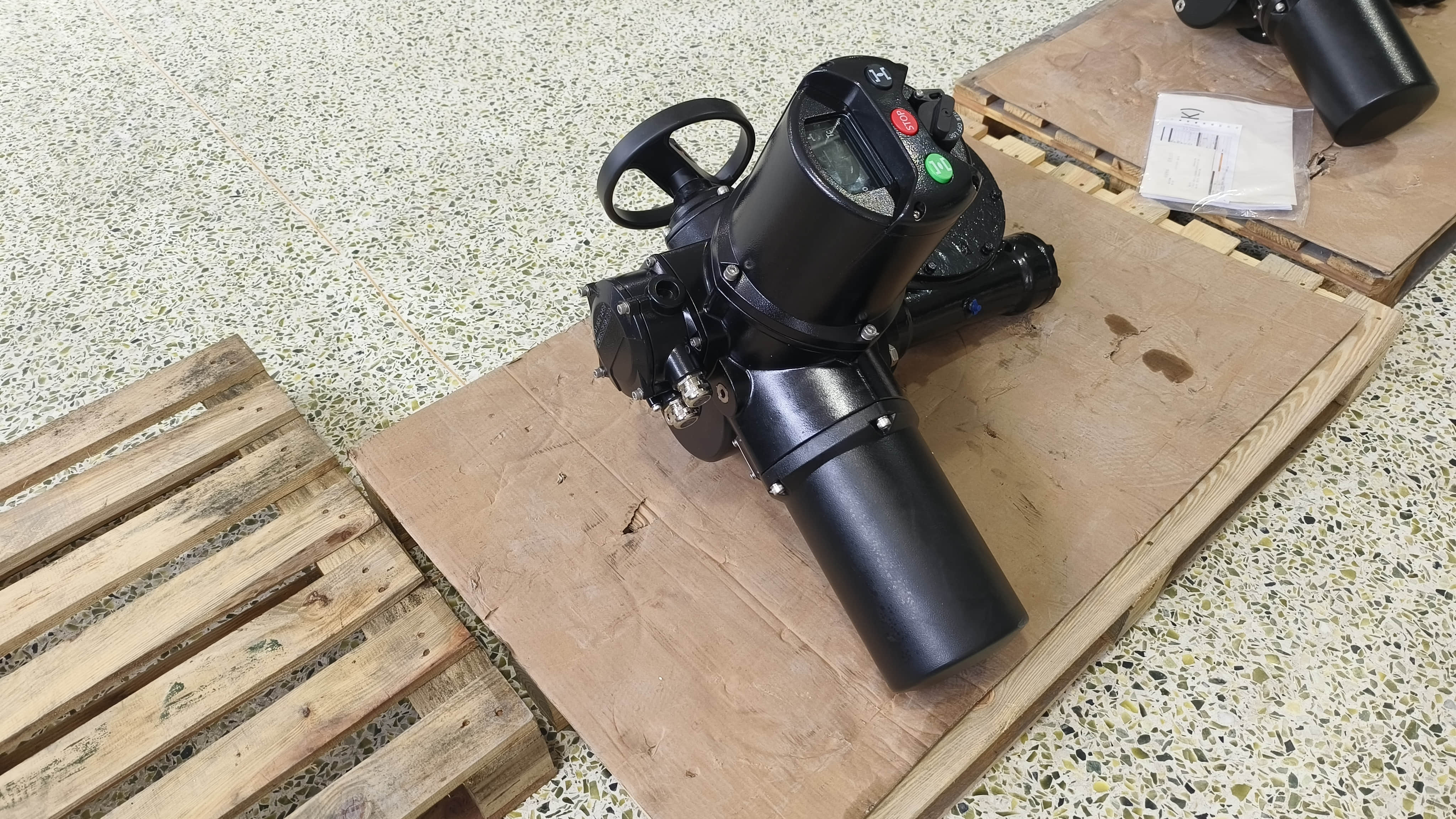
An intelligent integrated actuator is a type of actuator that not only performs physical movement but also integrates sensing, control, and communication capabilities into a single unit. Unlike traditional actuators that require separate sensors, controllers, and power systems, intelligent actuators are self-contained systems that provide real-time feedback, diagnostics, and autonomous decision-making. They combine actuators (such as electric motors or hydraulic systems) with embedded sensors (for position, force, and temperature monitoring) and advanced control algorithms. This integration reduces system complexity and improves the actuator's efficiency and reliability.
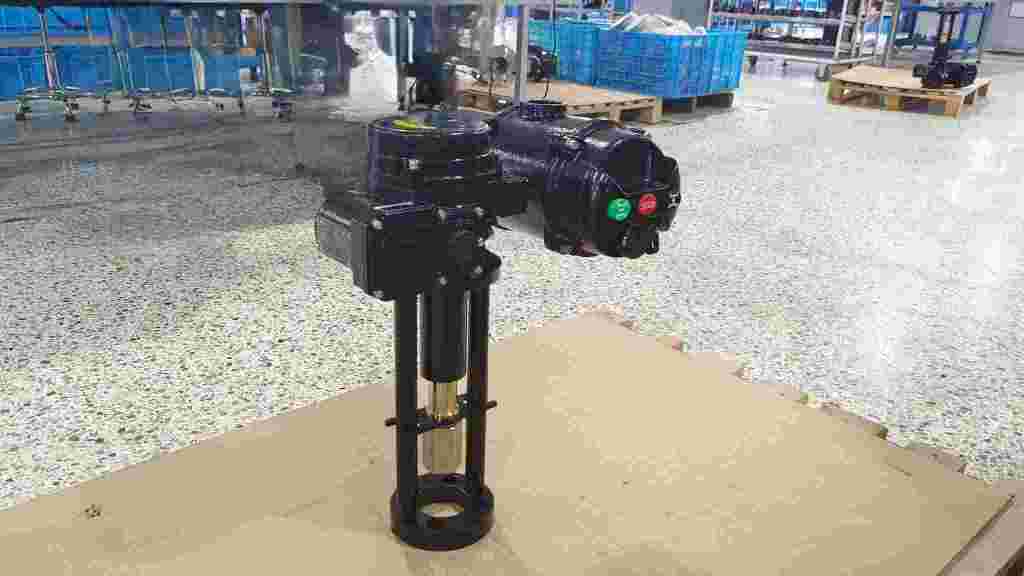
Features of Intelligent Integrated Actuators
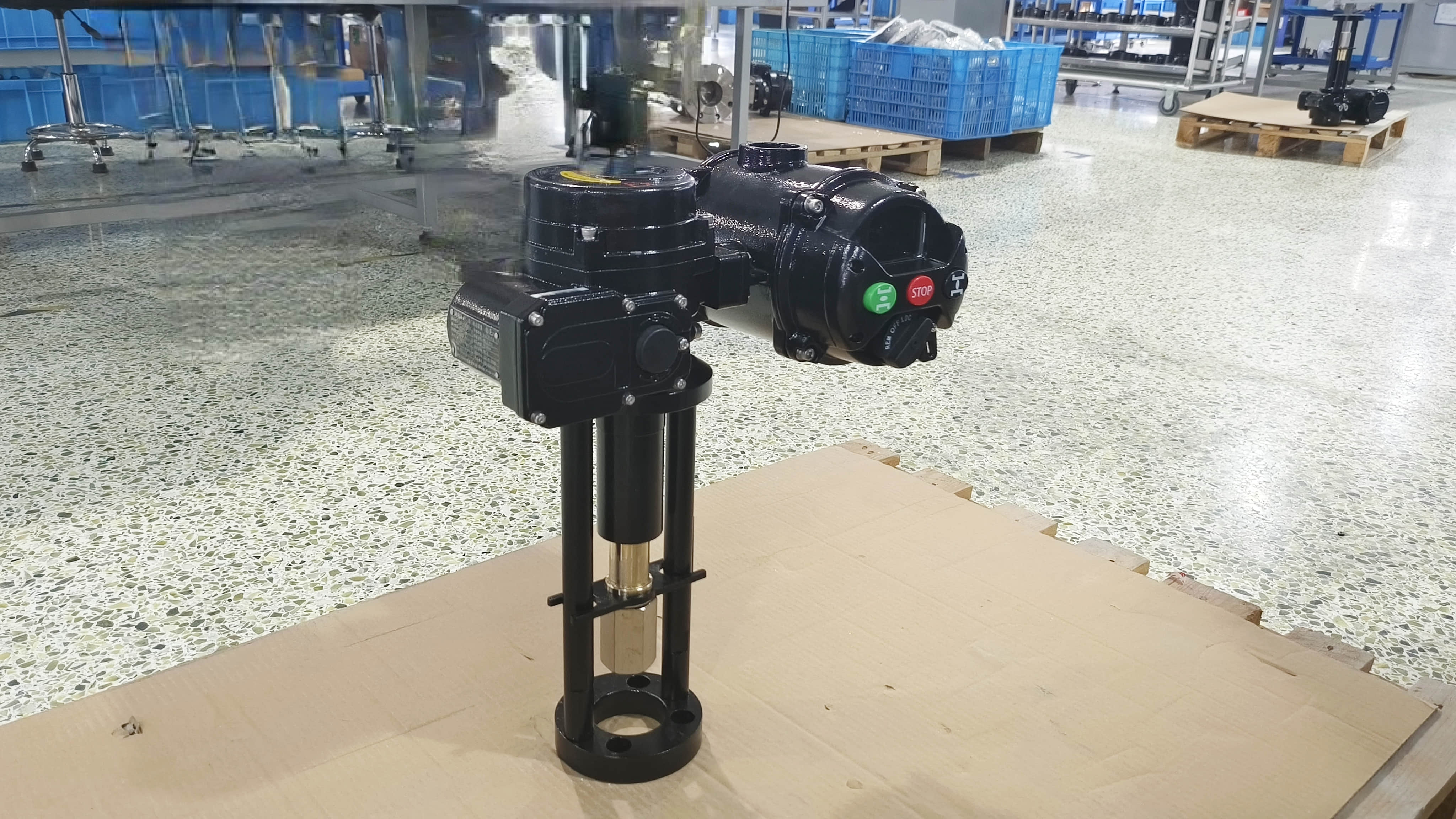
Self-Diagnostics and Health Monitoring: One of the key features of intelligent integrated actuators is their ability to perform self-diagnostics. Embedded sensors continuously monitor the actuator's performance and provide feedback to the system. This helps identify potential failures, prevent downtime, and ensure the long-term reliability of the actuator.
